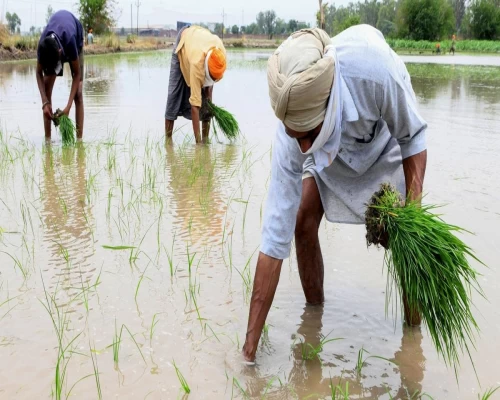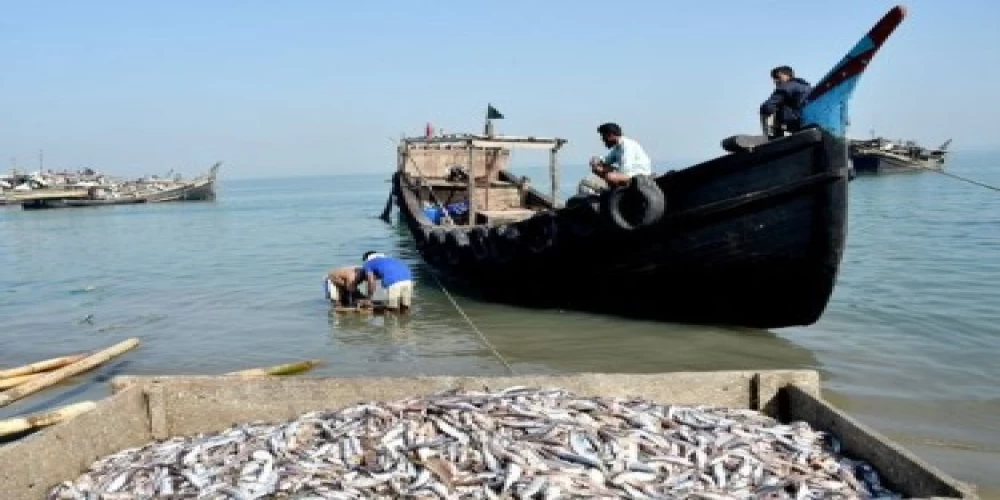
A ‘fish’ finds a prominent place, not just in the cycle of evolution, but in the stories of all major ancient civilizations as well. Our Puranas talk about the Matsyavatara, the first incarnation of Lord Vishnu. The beautiful Sangam literature of ancient Tamil Nadu vividly describes the life of fishermen and the curved boats. Indus Valley excavations lead us to appreciate the prevalence of fishery related activities in ancient India. India with its extensive coastlines and mighty rivers is endowed with rich fishery resources, and the fish and fishermen have, since the beginning, occupied a central place in our culture.
After independence Indian fisheries developed at varying pace and directions depending on the initiative, priorities and resources of the respective States. With little involvement or investment from the Centre (Reports indicate that total Central government releases for the fisheries sector as low as Rs 3682 crore since independence till 2014) Indian Fisheries remained hugely neglected. The brave Indian fishermen continued to venture into the oceans, on rickety boats, with little support in terms of insurance, safety kit, credit facility, post harvest and marketing support.
After 67 years of Independence, the sector which was an important source of food, nutrition and livelihood to crores of Indians, was left adrift like a rudderless ship in open seas. The problems were numerous, and issues inexhaustible. In 2014, the people of India, fed up with corruption, policy paralysis of the then government, took a decision and elected a decisive government at the Centre, under the dynamic leadership of Narendra Modi, a leader, who could understand the pain of this sector, and the pulse of the nation.
First and the foremost thing that Modi ji did was, he brought the focus of the Centre back to the fisheries sector. The last eight years have seen rollout of investments worth more than Rs 32000 crores in the form of Blue Revolution Scheme, Fishery and Aquaculture Infrastructure Development Fund and Pradhan Mantri Matsya Sampada Yojana (PMMSY), apart from many other initiatives. These steps removed the bottlenecks and unshackled the sector, following the mantra of ‘Reform, Perform and Transform.’ This ensured phenomenal growth in India’s fish production, from 102 lakh tons in 2014-15 to 161 lakh tons in 2021-22.
The fisheries sector grew at an average annual growth rate of 10 per cent in the first five years of Modi Government, as against 5.27 per cent from FY 2009-10 to 2013-14. Fulfilling his election promise, Prime Minister Modi created a separate Ministry for Fisheries, Animal Husbandry and Dairying, for more focused and holistic development of the fishery sector. In 2020, the Prime Minister announced the highest ever investment of Indian Fisheries at Rs 20050 crore, through the Pradhan Mantri Matsya Sampada Yojana (PMMSY), as a part of Atmanirbhar Bharat. The scheme, by 2024-25, envisages increasing the production, productivity and exports of fishery products exponentially.
The reforms and initiatives have seen core infrastructure development and modernisation in Indian fisheries, especially the push for new fishing harbours/landing centres, modernisation and motorisation of traditional fishermen crafts, deep sea going vessels, provision of post- harvest facilities, cold chains, clean and hygienic fish markets, two wheelers with ice boxes and many more. Fishermen are provided with insurance cover, financial assistance and a facility of Kisan Credit Card as well.
Ease of doing business is rigorously being pursued. Digital India has drastically reduced the processing time for obtaining Sanitary Import Permits (SIPs), from 45 days to just 48 hours. The requirement of SIPs for import of SPF Shrimp Broodstock from approved sources has been done away with, helping hundreds of shrimp hatcheries. The government also reduced import duty on many inputs required for shrimp aquaculture, thus helping to promote their exports.
New Start-ups in aquaculture are attracting talent, technology, finance and entrepreneurial spirit to the fisheries, ushering in a silent social revolution too. A glorious sub-chapter of Indian fisheries, in the form of aquaculture is being scripted currently, catapulting India to a leading position in global Shrimp production and exports. India has become 2nd largest aquaculture producer, 3rd largest fish producer, and 4th largest exporter of fish and fisheries products taking Brand India from ‘Local to Global.’
With the bottlenecks removed, technology infused, welfare redirected to actual beneficiaries, entrepreneurial spirit encouraged and women empowered, Indian Fishery has broken away from the shackles that bound it for more than six decades since independence. With ‘Sabka Saath, Sabka Vikas, Sabka Vishwas and Sabka Prayas,’ the eight years of Modi government have laid a strong foundation of Indian Fisheries. The Indian fisheries have already started their march towards glorious days ahead. From here, it can only grow higher, generating more income and happy smiles for our fisher brothers and sisters.
(The writer is Union Minister of State for Fisheries, Animal Husbandry, Dairying, and Information and Broadcasting. The views are his personal.)



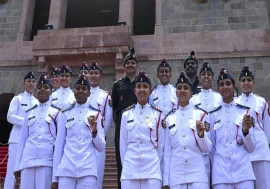
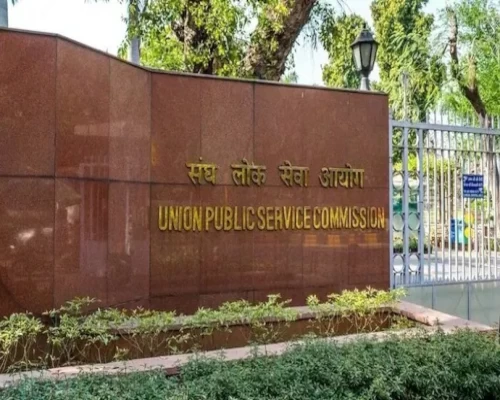



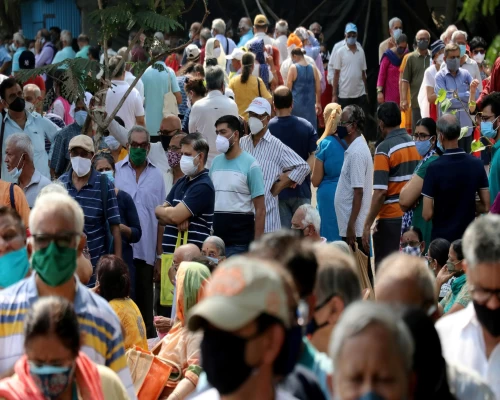

 (13)_500_x_400.webp)
